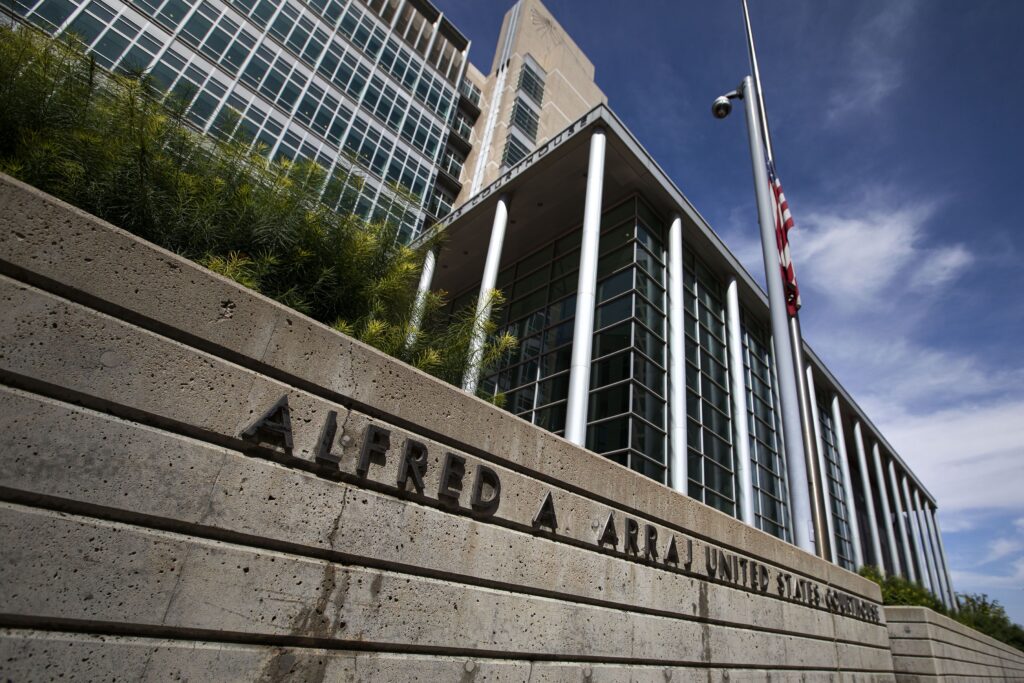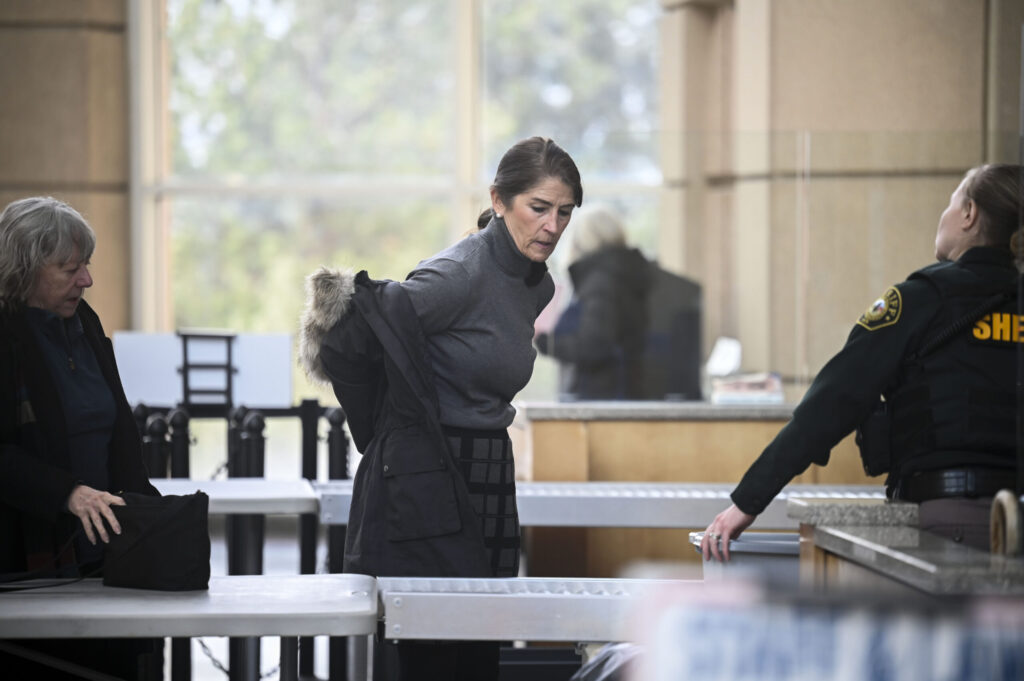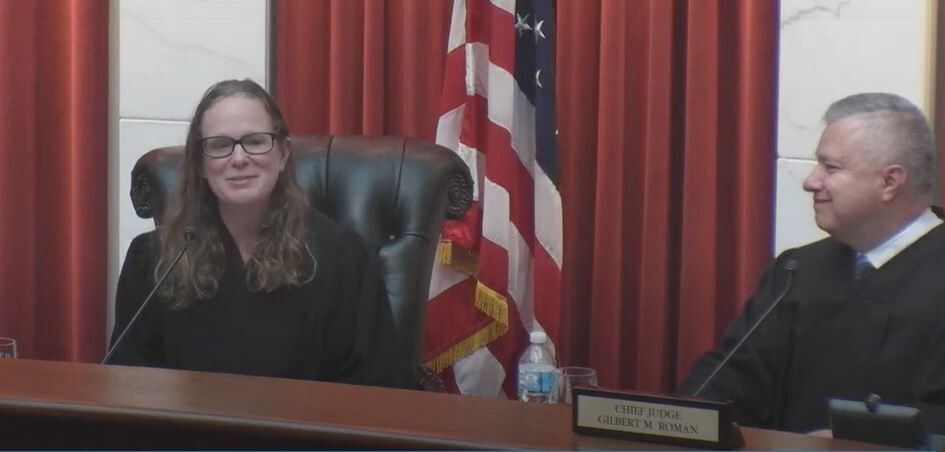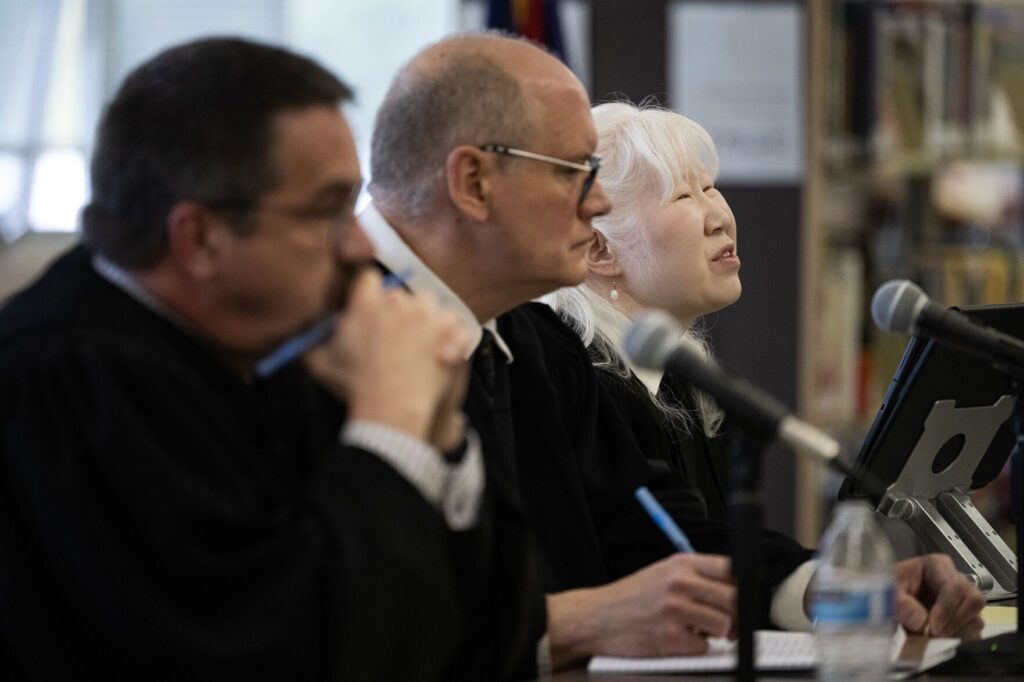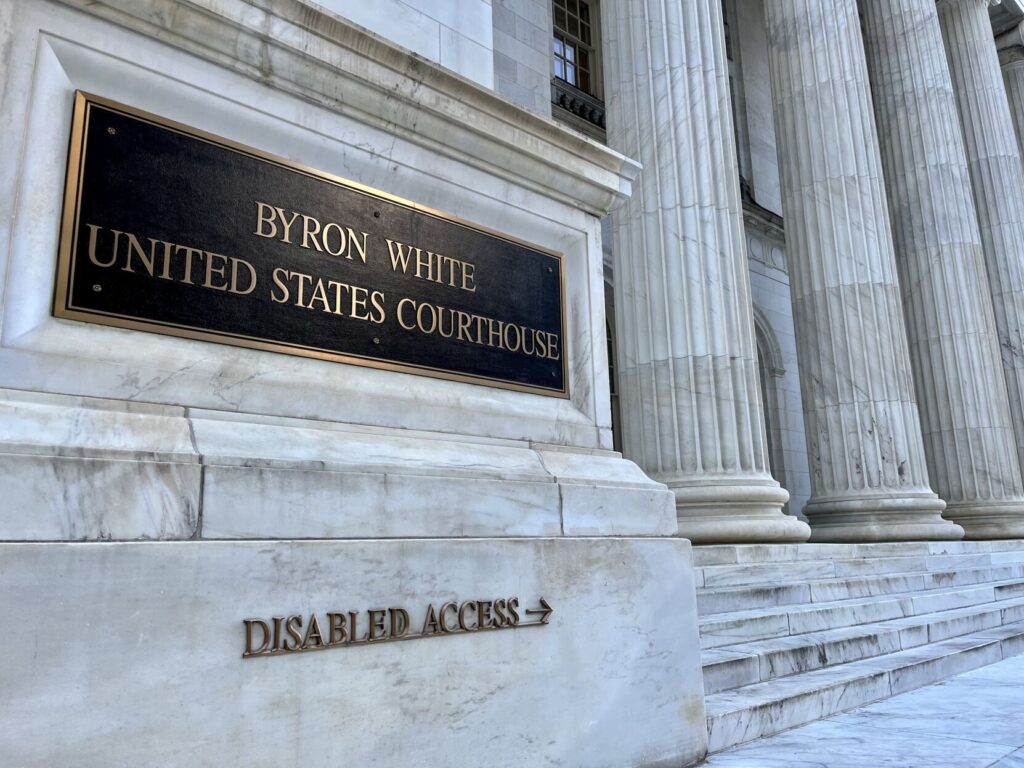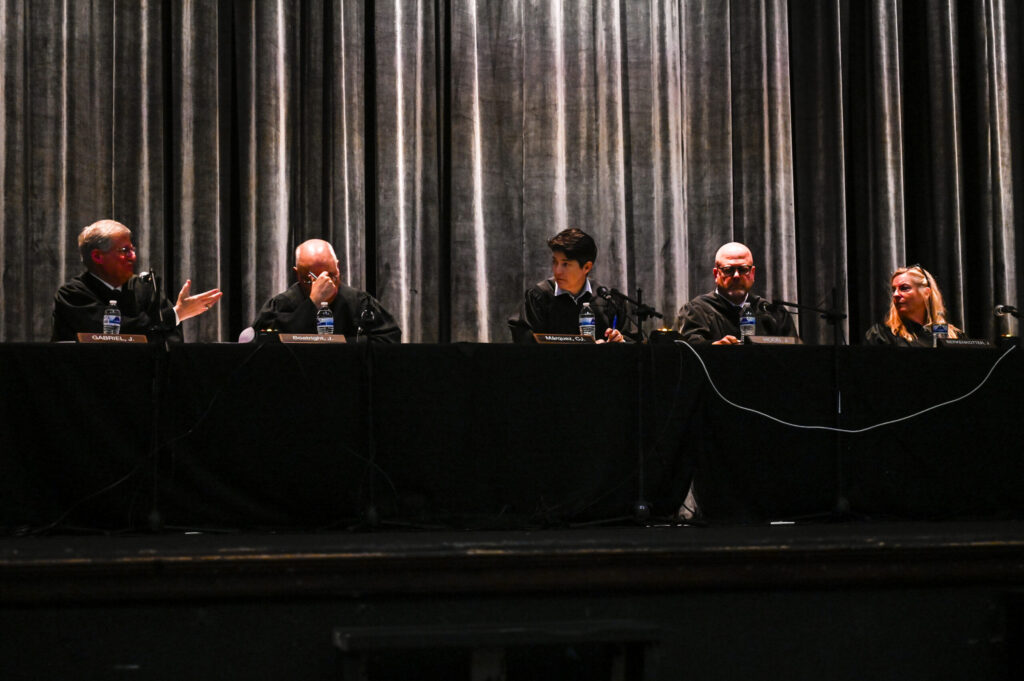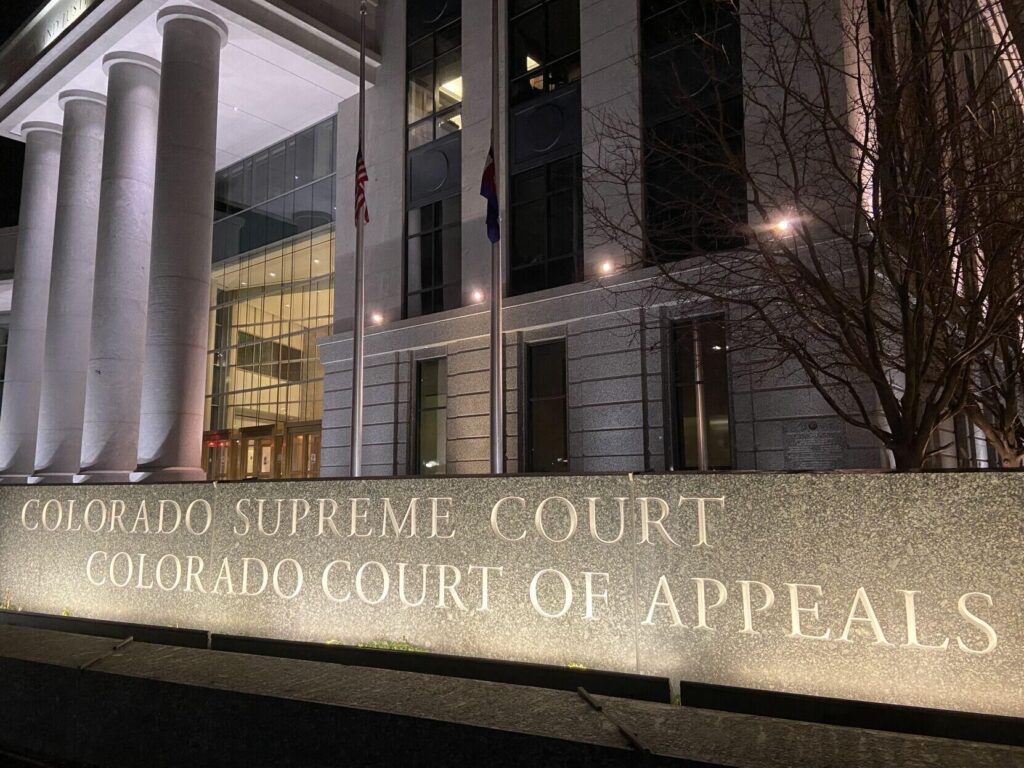10th Circuit underscores most lawsuits against federal officials are ‘dead’
The federal appeals court based in Denver emphasized on Tuesday that lawsuits against federal officials who violate people’s constitutional rights are “all but dead” — thanks to the U.S. Supreme Court’s recent decisions.
Lawsuits seeking money damages against federal employees for constitutional violations are known as a “Bivens remedy,” stemming from a 1971 Supreme Court decision, Bivens v. Six Unknown Named Agents. In total, the Supreme Court has recognized three instances where Bivens remedies are possible: unreasonable searches and seizures, sex discrimination, and deliberate indifference to an inmate’s serious medical needs that results in their death.
But a recent string of decisions, most recently in 2022, contained a clear message from the Supreme Court to lower courts: Lawsuits holding federal employees individually liable for their unconstitutional conduct will usually fail.
Consequently, a three-judge panel of the U.S. Court of Appeals for the 10th Circuit agreed a man incarcerated in Colorado could not sue federal prison officials for waiting more than two years before providing him with a hernia surgery.
“Bivens is now all but dead,” wrote Judge Timothy M. Tymkovich in the panel’s Nov. 19 opinion.
Without foreclosing the three existing scenarios in which plaintiffs may sue federal officials, the Supreme Court’s conservative majority handed down a 2022 decision in Egbert v. Boule, effectively throttling all future Bivens remedies. The majority concluded Bivens remedies are not available when Congress or the executive branch is “better equipped” to create a method for addressing constitutional violations.
Quickly, the 10th Circuit applied the new constraint to shut down the claims of federal prisoners. While the Supreme Court may have been open to such lawsuits in early Bivens remedy cases, it has “progressively chipped away at the decision — to the point that very little of its original force remains,” observed Senior Judge Bobby R. Baldock in the August 2022 decision of Silva v. United States.
Federal inmates at a disadvantage
Danielle C. Jefferis, an assistant law professor at the University of Nebraska, counted 255 federal appeals court decisions between 2022 and February 2024 that refer to Bivens remedies, 41% of which involved claims against Federal Bureau of Prisons employees. Coupled with the 2,430 Bivens-related decisions in federal district courts, she found the “overwhelming majority” of claims were dismissed.
“Federal constitutional protections that the nation holds so dear ring hollow when citizens cannot effectively exercise those rights by claiming appropriate remedies for violations,” Jefferis wrote in the Nebraska Law Review. “What does the Fourth Amendment really mean, for instance, if a federal official can forcefully or even violently search a person with no justification but then face no meaningful consequences for doing so?”
The Supreme Court’s treatment of Bivens remedies has also prompted an extraordinary reaction from some federal judges in Colorado, two of whom have urged Congress to permit federal officials to be held liable in the same way state officials may be sued for constitutional violations.
Last year, U.S. District Court Senior Judge William J. Martínez dismissed the claims of an incarcerated plaintiff who alleged federal prison employees put him in a cell with a violent inmate, told the inmate the plaintiff was a “snitch,” promised favorable treatment if he assaulted the plaintiff, and gave “head nods and thumbs up” after the attack.
Those allegations “portray a truly reprehensible and malicious course of conduct on the part of Defendants. Had the alleged events in this case occurred in state correctional facilities, Plaintiff would have very strong claims,” wrote Martínez, calling on Congress to “act promptly to rectify this gaping void.”
U.S. District Court Senior Judge Christine M. Arguello subsequently joined Martínez’s call, and U.S. Magistrate Judge Scott T. Varholak also expressed his distaste for the status quo.
Circumstances not similar enough
In the case of Dustin Alan Rowland, whose appeal the 10th Circuit decided this week, he alleged he was a pretrial detainee in Texas when he was injured in a fight. Although his sentencing judge recommended in 2020 that Rowland receive surgery for his umbilical hernia, prison officials pursued more conservative measures.
Rowland filed suit while he resided at Federal Correctional Institution — Florence, alleging officials were deliberately indifferent to his serious medical needs in violation of the Eighth Amendment. He finally received surgery shortly afterward, in May 2022.

Guard towers loom over the administrative maximum security federal prison called Supermax near Florence in this 2007 file photo. Supermax prison, also known as ADX for “administrative maximum,” is a facility so secure, so remote and so austere that it has been called the “Alcatraz of the Rockies.” (Chris McLean/The Pueblo Chieftain via AP)
Rowland attempted to fit his claim for damages within one of the Supreme Court’s existing cases authorizing Bivens remedies, Carlson v. Green. There, an incarcerated man died after officials provided a woefully inadequate response to his health condition.
But U.S. District Court Judge Daniel D. Domenico sided with the defendants, finding Rowland’s case was not the same as Carlson. Among other things, Rowland did not die.
“The fact that Mr. Rowland’s diagnosed medical need was not urgent or emergent further distinguishes this case from Carlson,” wrote Domenico in September 2023, concluding no Bivens remedy existed for Rowland.

Daniel Domenico.
Some circuits push the boundary
Rowland appealed to the 10th Circuit, but the outcome was no different.
Tymkovich, who authored the opinion, argued in dissent earlier this year in a different case that Bivens remedies were in the “dustbin.” The judges in the majority countered at the time that they would prefer “an express holding from a Supreme Court majority” before endorsing that view.
Now, writing for a unanimous panel, Tymkovich’s characterization prevailed.
“Mr. Rowland believes he can thread the needle,” wrote Tymkovich. But Rowland’s claims were too different from prior Bivens cases and, consequently, the path forward for him was the prison system’s internal grievance process.
Emil Lippe Jr., the attorney who represented Rowland, said he had “genuine hopes” his client’s claims would fit within the narrow class of lawsuits still allowed. He elaborated that other means of pursuing relief against the federal government are inadequate.
“The ruling is very disappointing, because there are many claims involving unconstitutional acts by federal employees that will not be adequately addressed,” Lippe said. “This goes beyond prisoner claims, and can include all sorts of other actions by other agencies.”
The Virginia-based Fourth Circuit permitted a lawsuit to proceed this summer against federal prison officials despite falling outside of the existing Bivens remedies. Lippe said the competing conclusions of the 10th and Fourth circuits could increase the likelihood the Supreme Court might review Rowland’s case.
“We do not plan to try this, however, mainly because of the expense involved,” he added.
The case is Rowland v. Matevousian et al.



